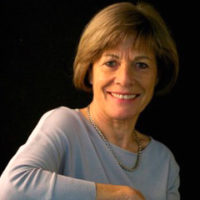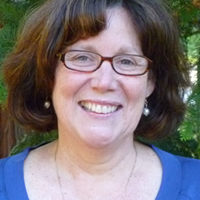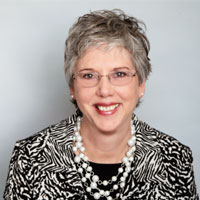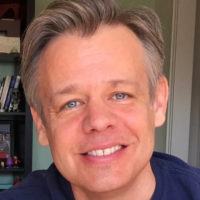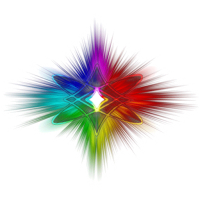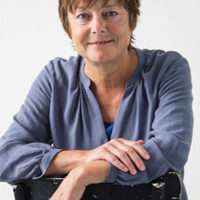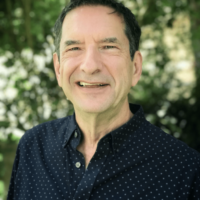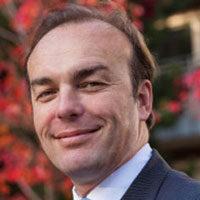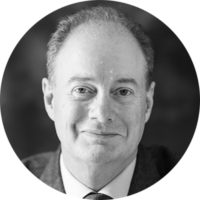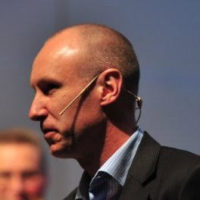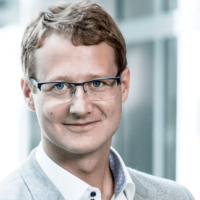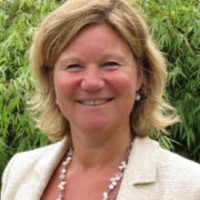In my early professional life, I was taught that there were three stages to becoming a leader. The first stage was to follow a leader, the second was to become a leader of your own life, and the third was to lead others. This simple outline made complete sense to me at the time. You follow others and learn. In time, you start to make choices and decisions for yourself. And then you begin to lead or influence others.
I soon realized, however, that we actually go through these stages multiple times throughout our lives. For most of us, our first time through this cycle happens through our childhood, adolescence, and early adulthood. Then we might enter another cycle as we enter the professional world. And at each stage of life and professional development, we might move through the cycle again.
However, my work with Transformational Presence has given me a deeper understanding of these stages of leadership development. Furthermore, I sense that a fourth stage is now emerging on the periphery of conscious leadership awareness.
The first stage, following a leader, might appear at first glance to be only about following. Yet from a Transformational Presence perspective, choosing whom you will follow or to what philosophies you will subscribe is also an act of leadership.
The first Principle of Transformational Presence tells us that everything is energy in motion. If everything is energy, then so are our thoughts and intentions. Therefore, when you choose to follow a particular person or philosophy, you are, in effect, endorsing that person or philosophy. You are sending a message that there is something about this person or philosophy that you believe in—that there is something important in this philosophy others may want to consider. So, from this perspective, choosing which leaders and which philosophies you will follow can be an act of leadership and influence.
The second stage of leadership is to become the leader of your own life. This is a natural part of a healthy growing up process. Yet self-leadership is a life-long learning process of growing into who we really are and the gifts and talents we have to share. We continue to meet challenges and opportunities that require us to show up and step forward in new ways as the leaders of our own lives.
We may even feel called to take a completely new direction, at least as it may appear on the surface. Yet somehow inside, we recognize that what is pulling us in this new direction has always been there. As we grow and develop, so does our understanding of our potential. Certainly in my own life, there have been several significant turning points when I realized that living into the next iteration of my evolving potential was going to require a new level of self-responsibility and leadership. For many of us, developing the confidence, courage, and strength it takes to fully live the life we feel called to live is, in fact, a life-long journey.
The third stage of leadership development is leading others. Some people make a conscious choice to step into this third stage for a particular reason and with a certain intention. Others suddenly find themselves thrust into a leadership role by other people or by particular circumstances—a situation in their family, in a business or organization, or in their community or larger society.
This third stage of leadership development brings a new level of responsibilities and a new set of expectations, both from self and from others.
Each person has his or her own sense of what a leader is and does. This stage of leadership often includes new (and sometimes steep!) learning curves about relationships, teamwork, delegating responsibility, supporting others to be the best they can be, creating visions and enrolling others in those visions, and leading their people forward. In truth, the most dynamic and effective leaders never stop learning. And the more quickly leaders are able to learn and adapt in today’s complex world, the more successful they will be.
Development in this third stage may continue on for many years. The further up the leadership ladder you climb, the more intricate and complex leadership becomes. At each new level, there can be new learning, new opportunities, and new growth.
However, a fourth stage of leadership development is now beginning to emerge. This fourth stage takes us full circle back to following. The difference is, however, that this phase is not about following a person or a philosophy; it’s about following the emerging potential. It’s about recognizing that there is always a new potential waiting to unfold. There is always something that wants to happen.
In this emerging fourth stage, the leader learns to tap into the energy of what is unfolding—to peer deep into the present situation or circumstance and sense or intuit the signals and messages that can show what wants to happen in the bigger picture as well as where to go and what to do next. It’s about recognizing that there is always a new potential waiting to unfold. The leader learns that, if he or she will pay attention, the situation itself will reveal the shift that wants to happen, the breakthrough that is rising to the surface, or the new creation that is ready to emerge. The potential that is waiting to unfold is hidden within the present situation. And that potential is often a seed of the future.
Related to the four stages of leadership development is our relationship to power. At the most basic level of awareness, we might think of power from the perspective of having power over something or someone else, or someone or something else having power over us. From this perspective, it would seem that whoever has the power is in control.
As we mature in our relationship to power, we shift in our desire for power over into a perspective of power with. We begin to desire and create a sense of shared power with others, whether that is shared power in a personal or work relationship, or shared power between companies, organizations, or even countries. Decisions and choices are made together, actions are agreed upon before they are taken, and there is a sense of equality between those involved. This higher perspective of power corresponds to the higher levels of awareness that come with more progressive and innovative styles of stage three leadership.
The fourth stage of leadership development invites us beyond power with to a still higher awareness—a realization that the greatest and most authentic power lies not with a person or organization, but within the greater potential that wants to unfold through a particular project, vision, or situation. The potential is a wave of energy. Fourth-stage leaders not only follow the energy of the potential; they also recognize and acknowledge that the wave of the potential—what wants to happen—is where the real power is.
Fourth-stage leaders trust that the wave of power created by the potential will carry and support them and the project or initiative. Their job is to ride that wave and trust that if they listen, sense, and intuit what wants to happen, and then say “Yes” to what the potential is asking of them, the wave of energy that can carry the project forward will also carry them.
Transformational Presence is the full embodiment of this emerging fourth stage of leadership. The Transformational Presence approach provides leaders with the foundational skillset and frameworks to navigate complexity and the unknown territories we face in today’s rapidly changing world. If you feel called to this new level of leadership, join us.
If you enjoyed this blog post and found it helpful or inspiring, please share it with your friends on social media by clicking on the icons below. You are also welcome to make a comment below.
You may subscribe to our free weekly newsletter by clicking here.
Related Blog Posts:
- Intuition in Leadership: Letting the Essence Show You the Way
- Leadership From the “Field”
- Transformational Leadership: Making the Extraordinary Ordinary

